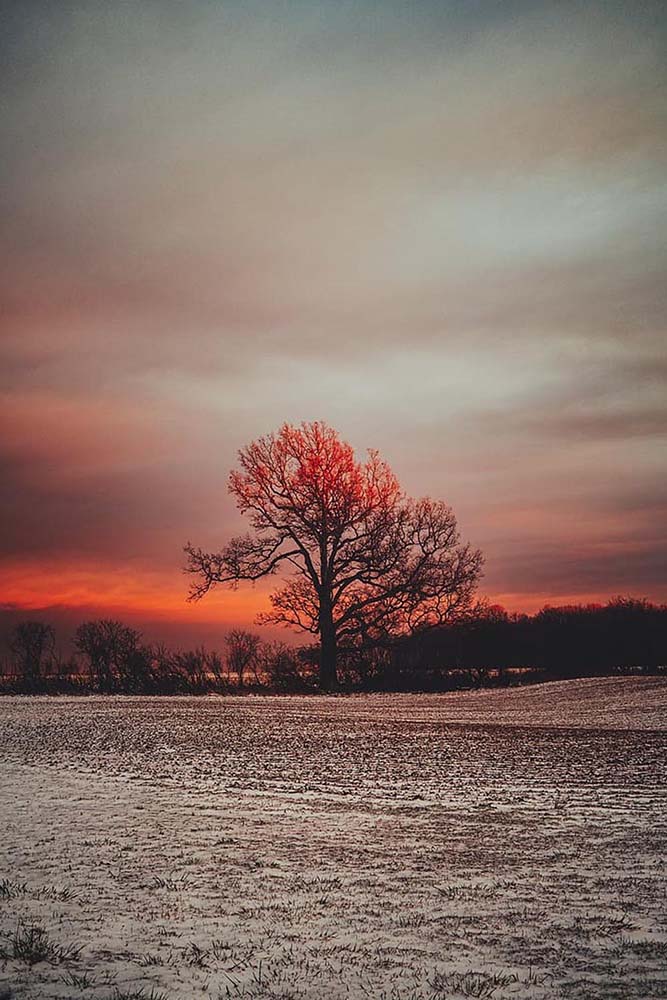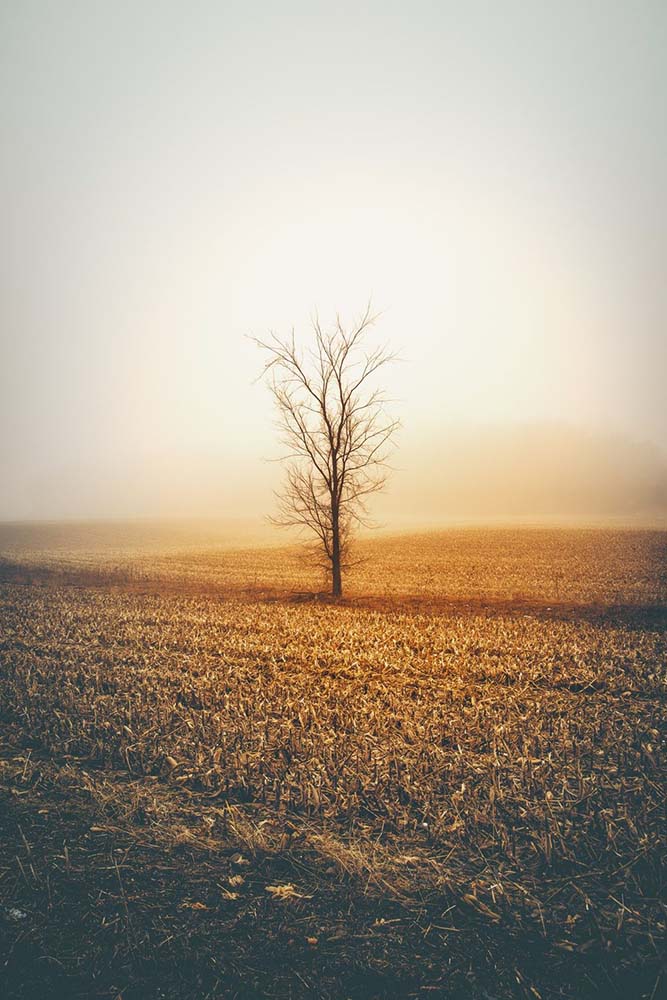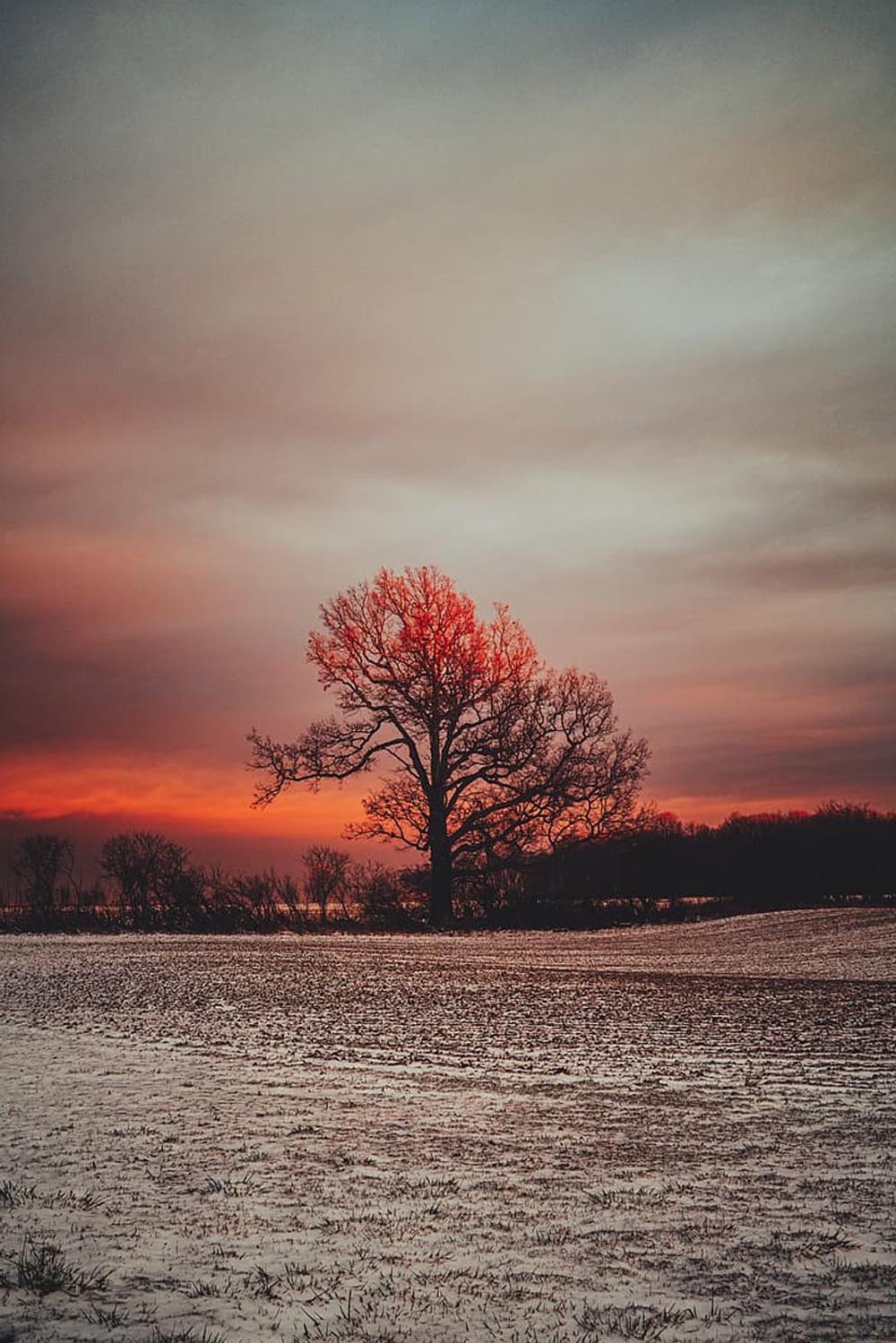The Age of Vedas
Being the revelations of the Divine Himself, who is “Eternal”, we can construe the Vedas to be Eternal too. However, the human curiosity leads many to research on the age of Vedas, not only in Bharat -India, but also abroad. The found it impossible to determine the exact date of Vedas. However, many age estimations are done by many scholars. According to a few, Vedas date back to several thousand years BC. While linguistic experts and astronomers put the Vedic age as 4000 years, archaeologists say it is 5000 years. Maeterlinck says that it could be at least a few hundred thousand years old. Mahārishi Dayananda in his book Satyartha Prakasam asserts that if we consider that 6 Manvantaras and 28 Chathuryugas have passed by so far, the Vedas should have been in existence for at least 196, 08, 53,000 years!
The Vedic statement “Ananta vai Vedaha” means Vedas are infinite. An interesting episode from Kātaka Praśna (Yajur Veda) illustrates this. With the blessing of God Indra, Sage Bharadwaja performed Veda adhyayana for three life spans. Pleased by this, the Divine appeared before him and granted a boon. Sage Bharadwaja requested the Divine to grant him yet another lifespan so that he could complete adhyayana of the rest of the Vedas. Supreme Divine smiled and showed him a mountain of Vedas, from which he took three handfuls of soil, and told the sage: “this is all you have learnt so far”. This shows the sheer magnitude of Vedas, which makes it impossible to learn it with all the time one has at his command.
In the light of all these, let’s conclude that no scholarly research can assert the exact age of Vedas precisely because Vedas are beyond the most sophisticated methods of modern-day sciences. They are Divine and Omnipresent.
“उत्तिष्ठ जाग्रत प्राप्य वरान् निबोधत ।
क्षुरस्य धारा निशिता दरत्यया दुर्गं पथस्तत्कवयो वदन्ति।।“
“uttiṣṭhata jāgrata prāpya varānnibodhata |
kṣurasya dhārā niśitā duratyayā durgaṁ pathastatkavayo vadanti ||”
Arise, Awake from the deep sleep of ignorance! Approach the Great Beings to learn and know the Brahman. The Sages say that the path to the knowledge of Brahman, hard to traverse, difficult of going is that path, like the sharp edge of a razor.
“śṛṇvantu viśve amṛtasya putrā ā ye dhāmāni divyāni tasthuḥ ”
“शृण्वन्तु विश्वे अमृतस्य पुत्रा आ ये
धामानि दिव्यानि तस्थुः”
(Śvetāśvatara Upaniṣad, Chapter II, Verse 5)
The Upanishads of ancient Bharat - India glorify human beings as “Children of Immortality”.
शृण्वन्तु/ śṛṇvantu = Listen/hear, बिश्वे/
viśve = in the world, अमृतस्य/Amritasya = of Immortality, पुत्रा/Putra = Children.
Meaning: “Listen, O the Children of Immortality or Immortal Bliss”. May you be well established in your Divine goals! O eternal children of Prajapati (The Supreme)! In the Vedic tradition, it was believed, it is not man but it is his body that dies, man never dies. He is Immortal; he is the “Son of Immortality”.





.jpg)
"
"-Desmond Luxor